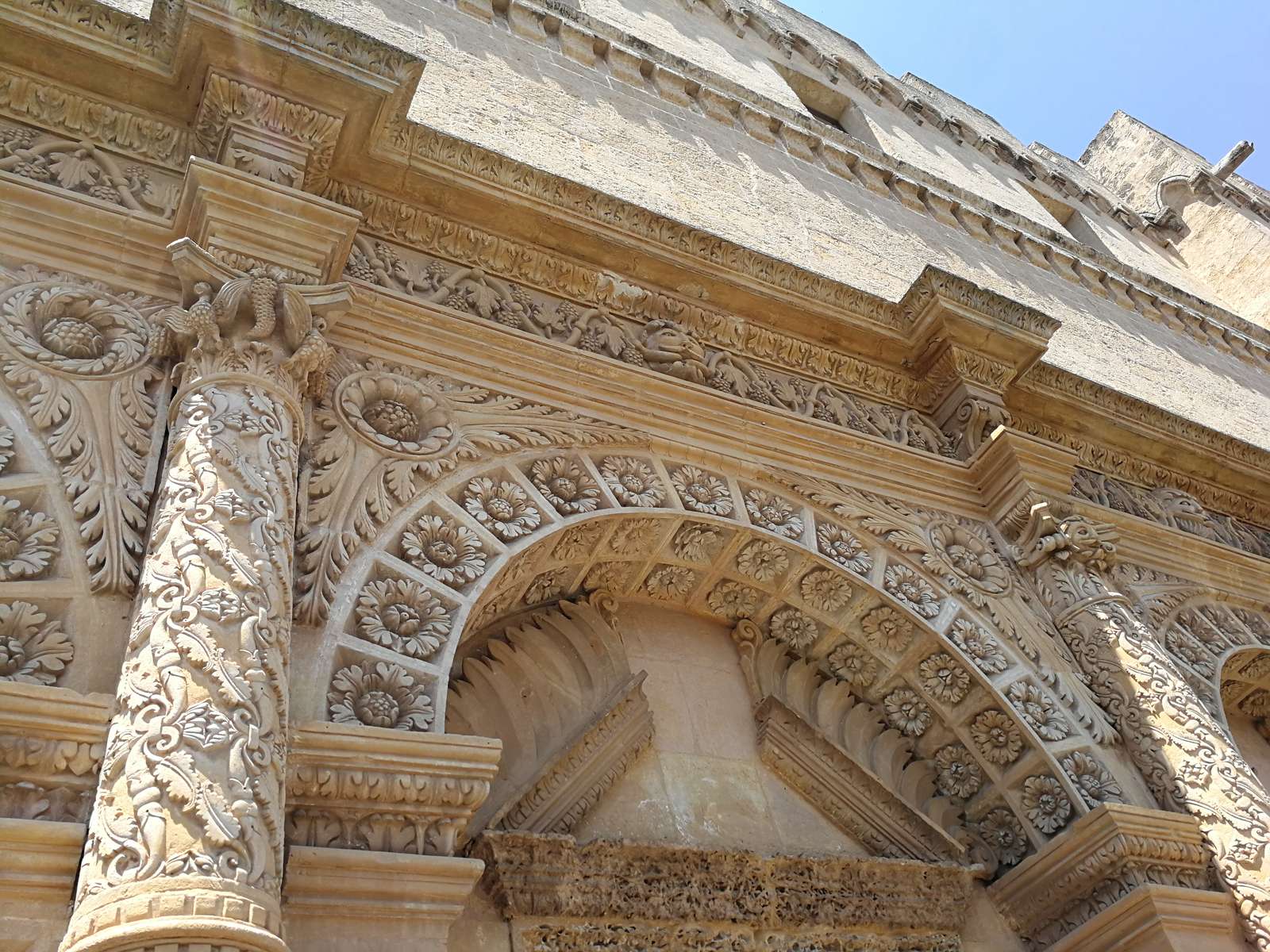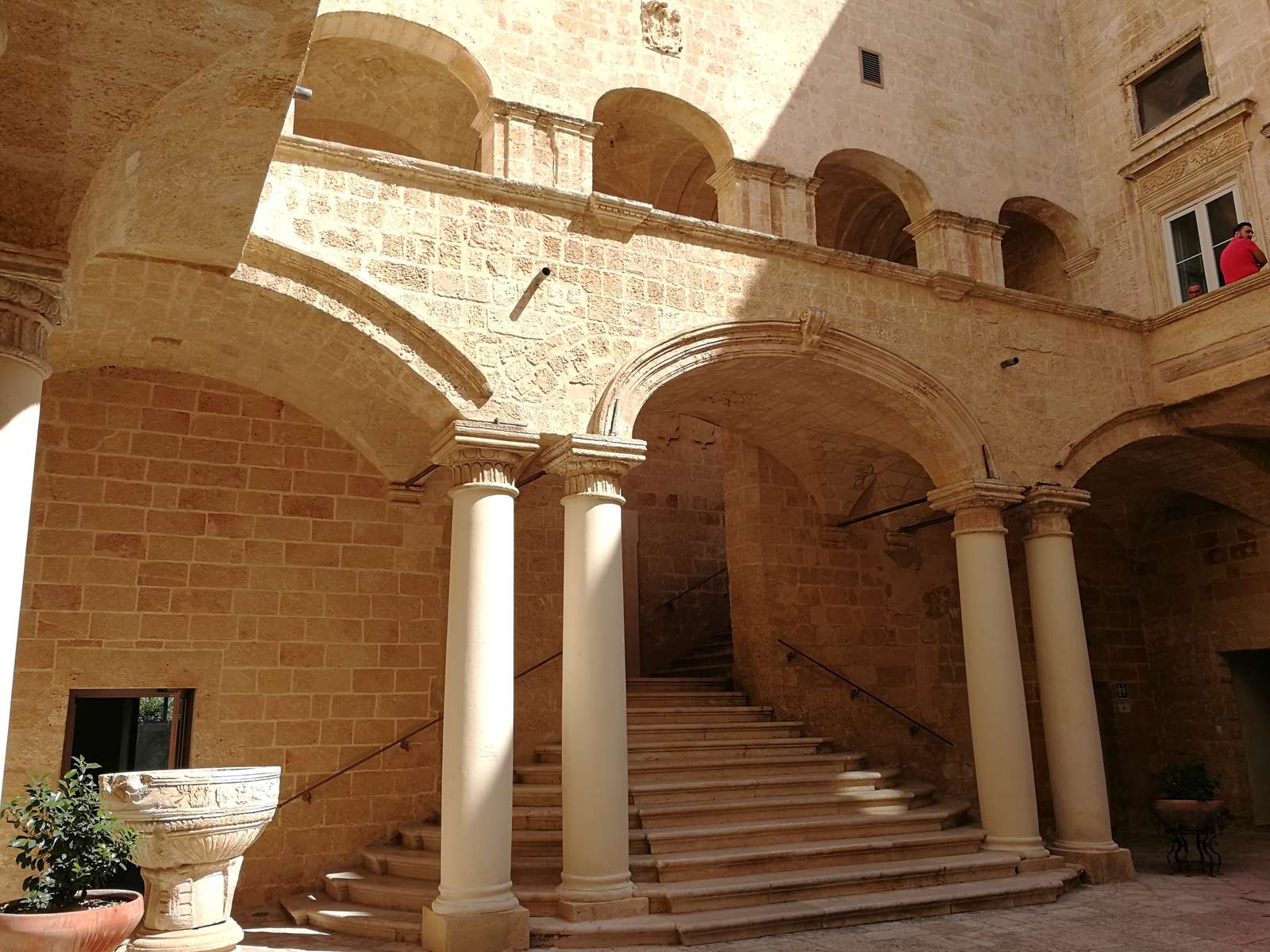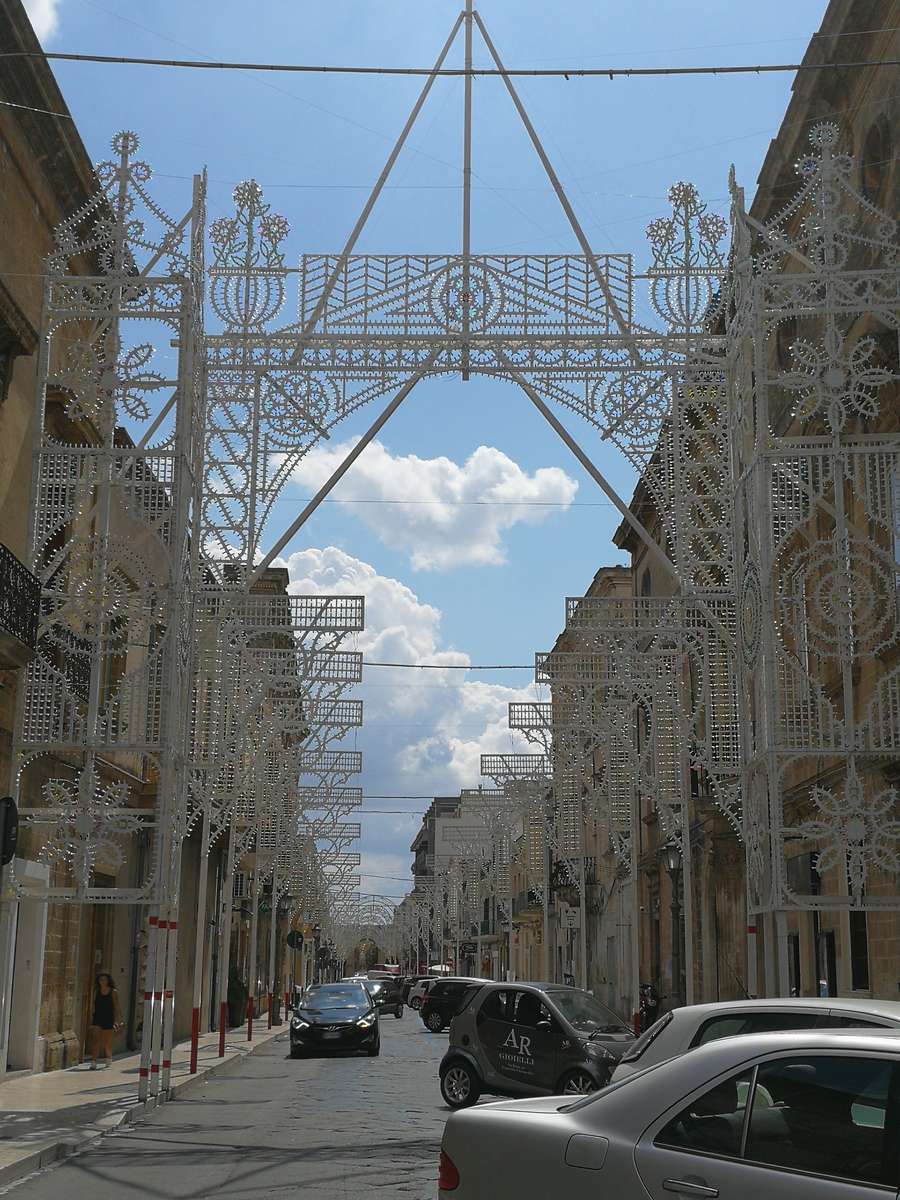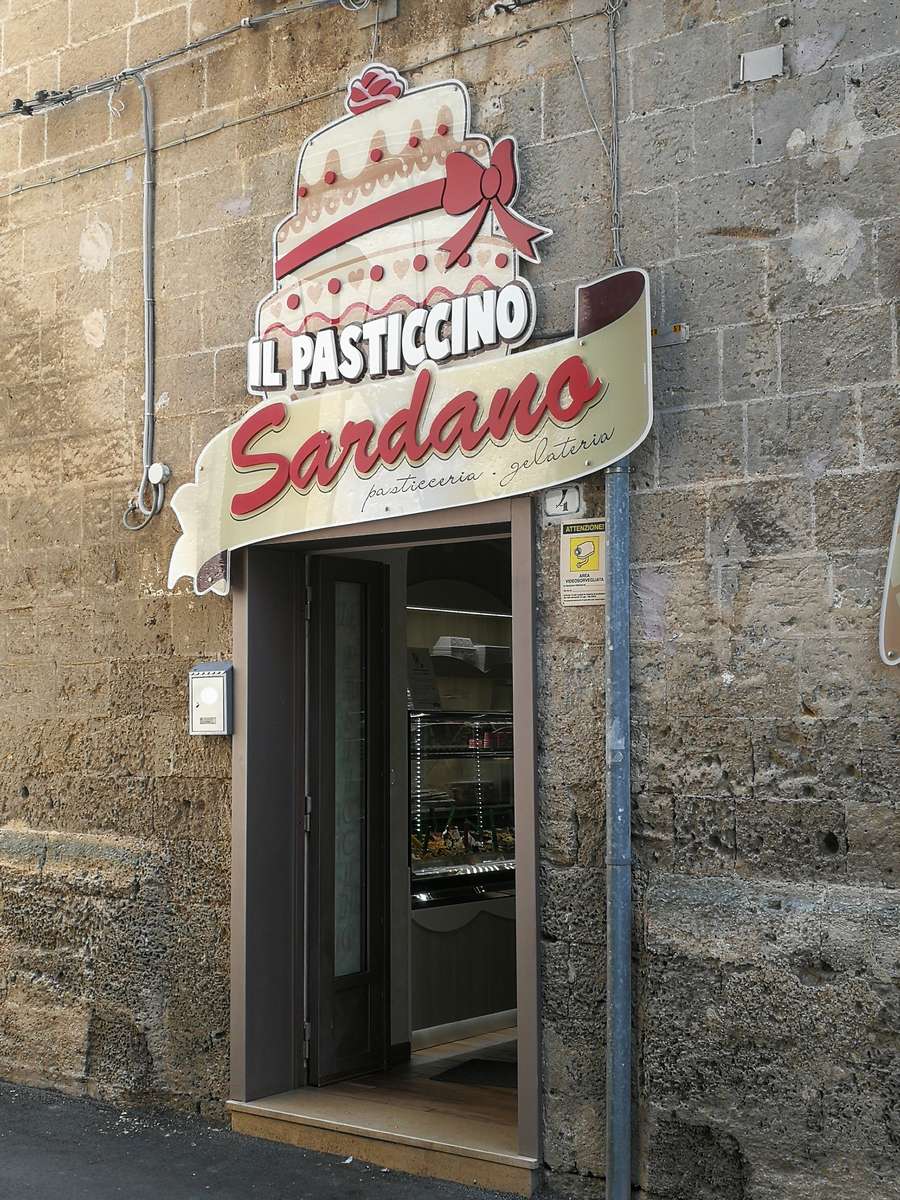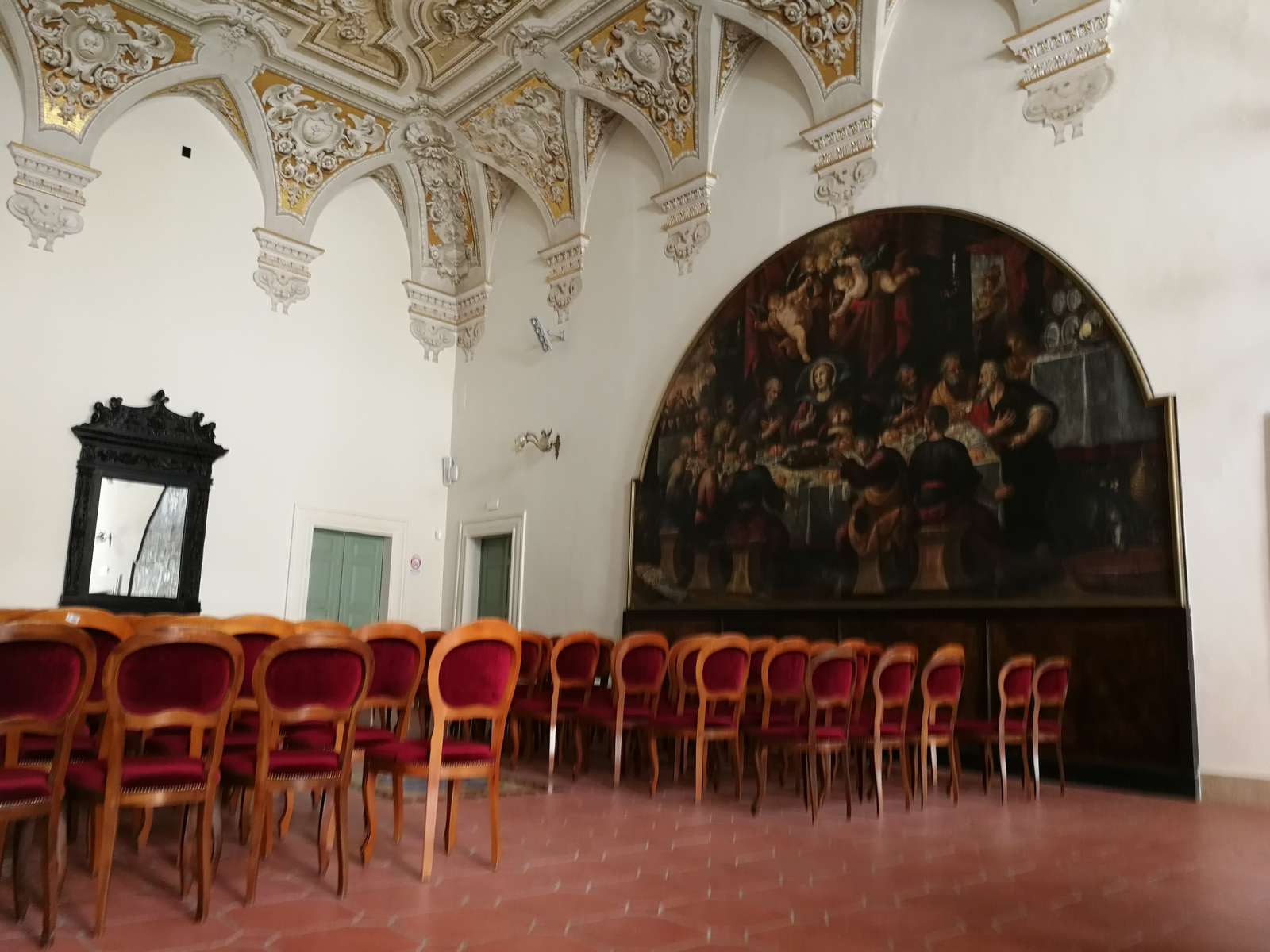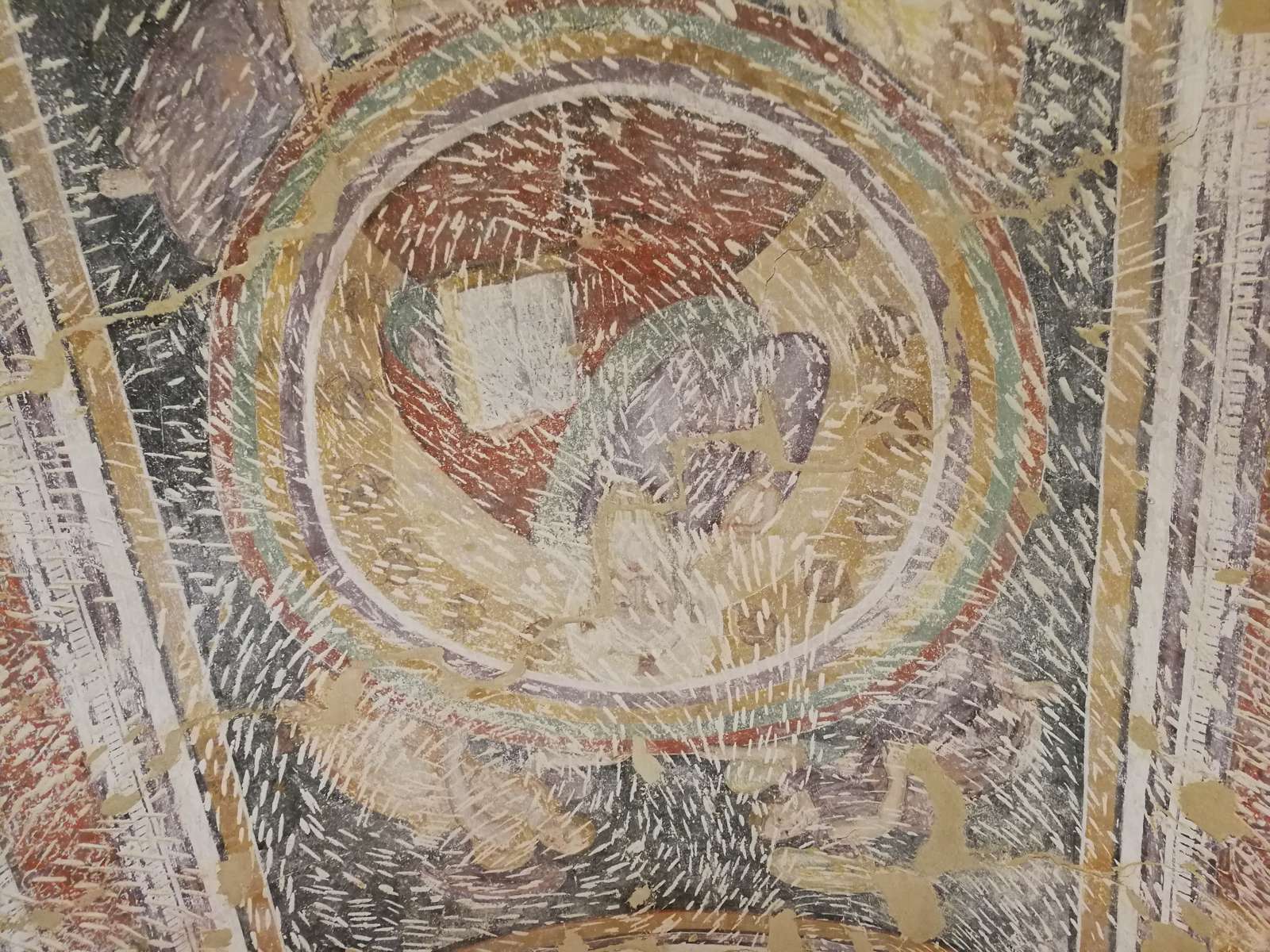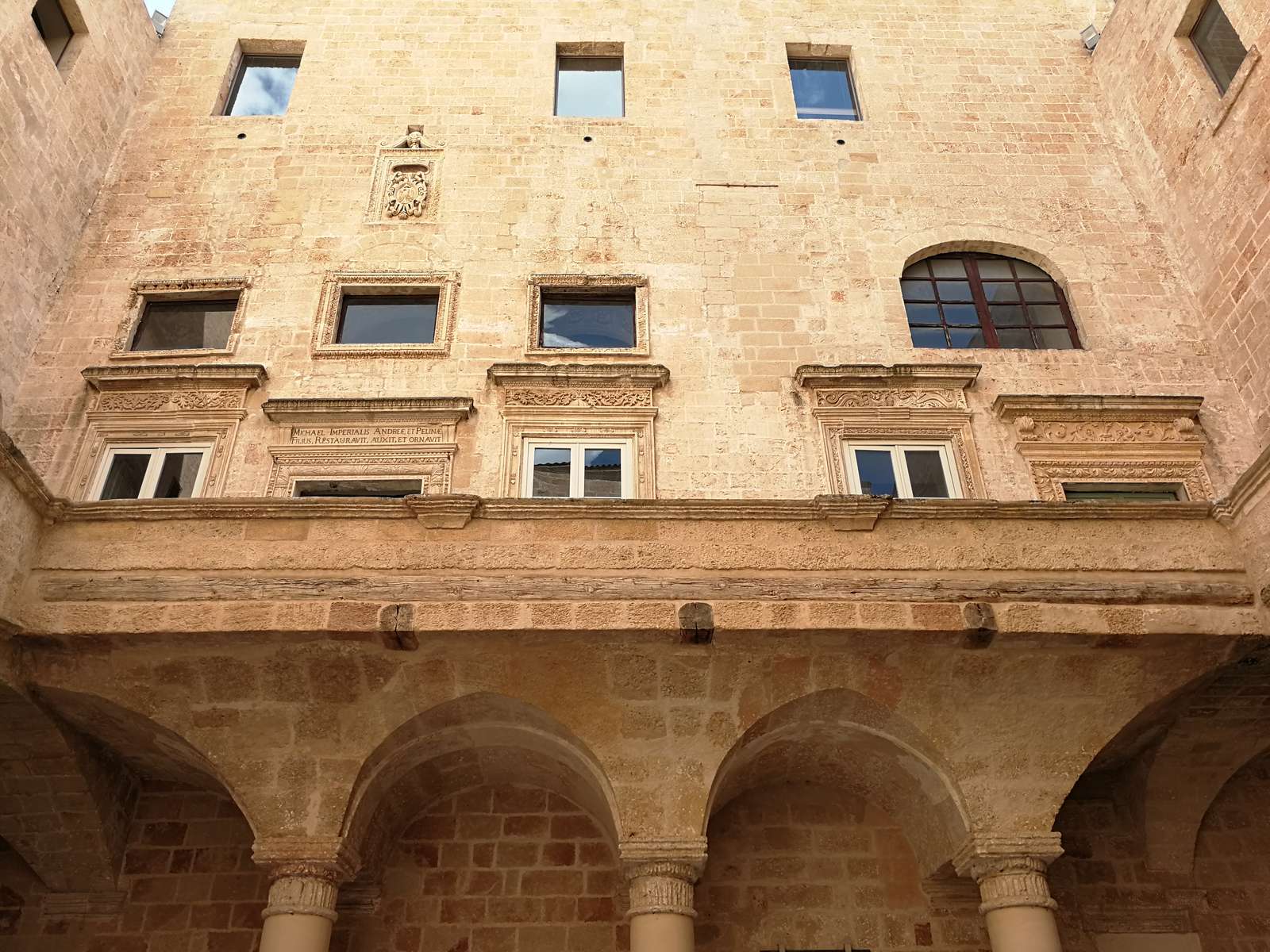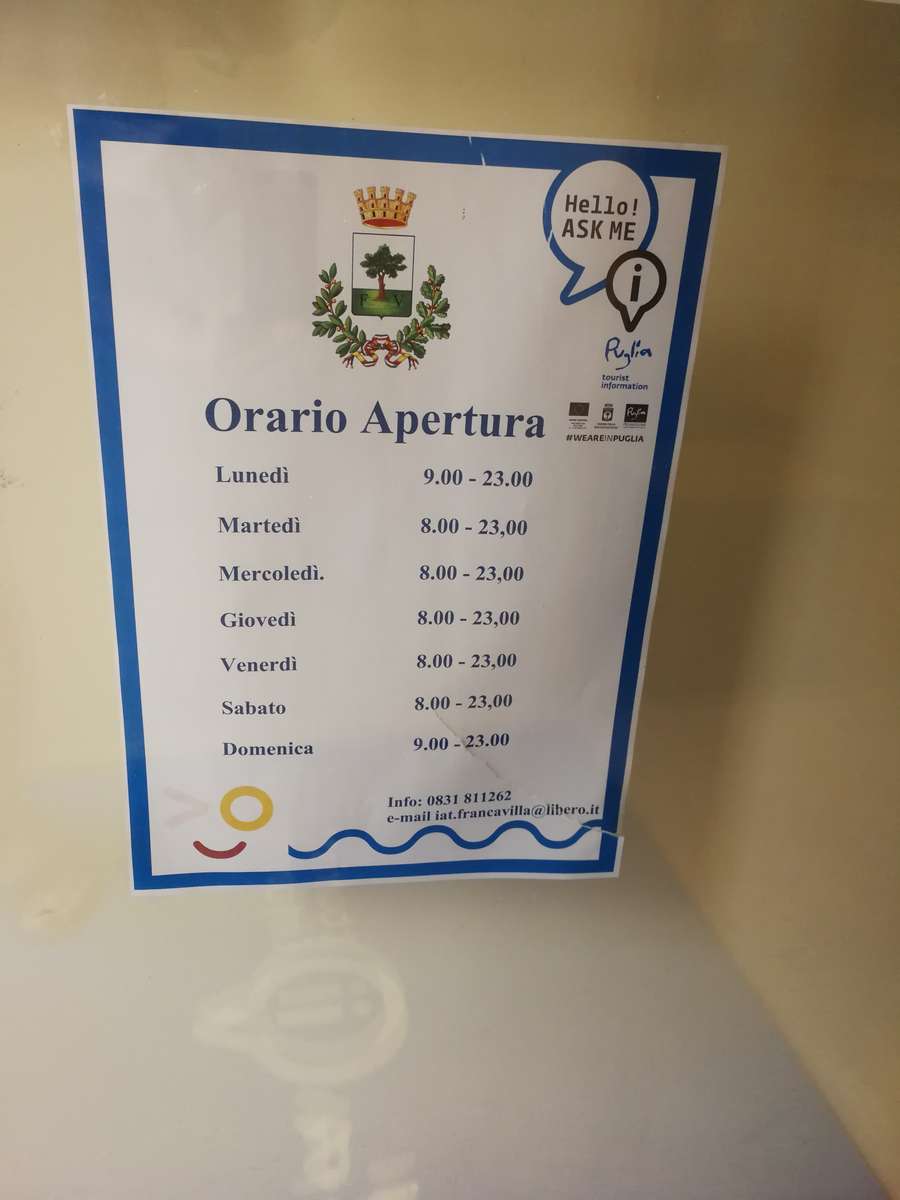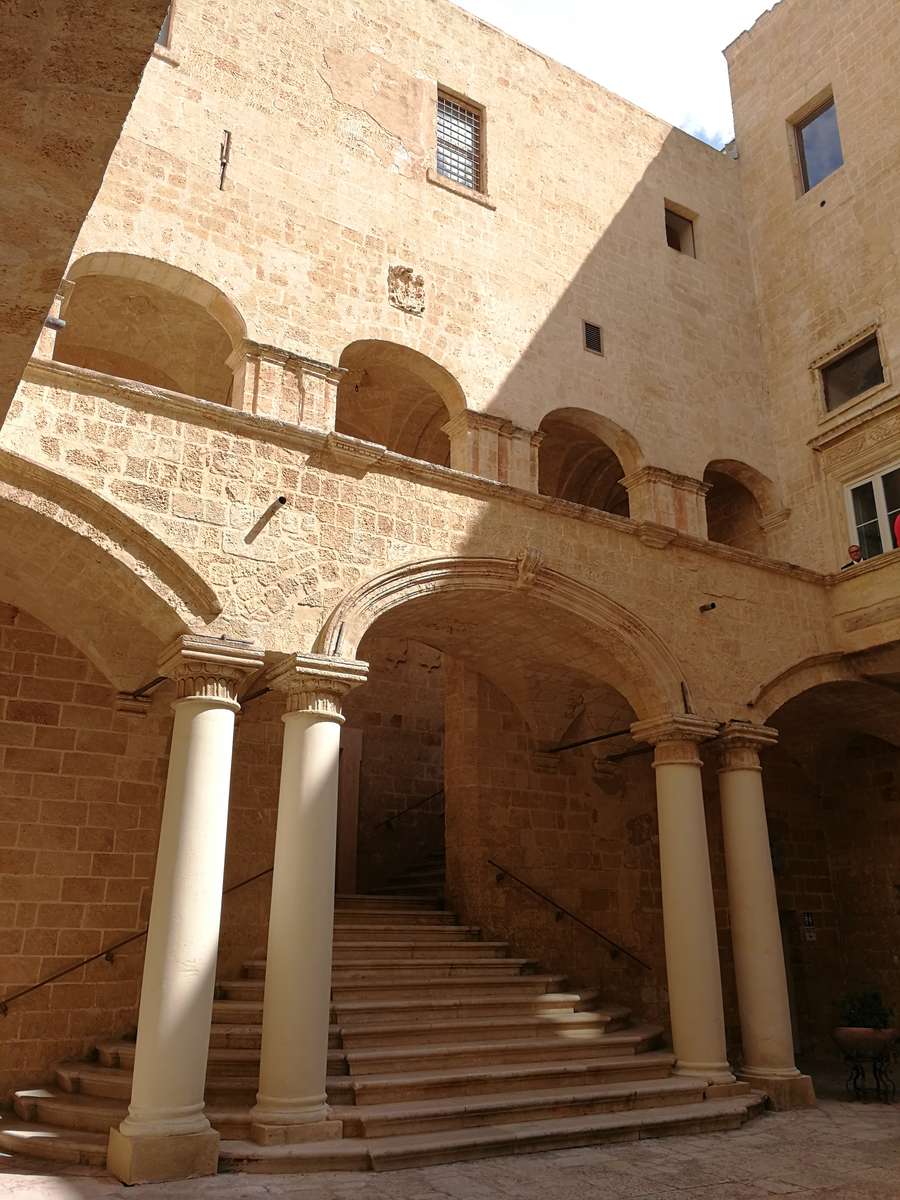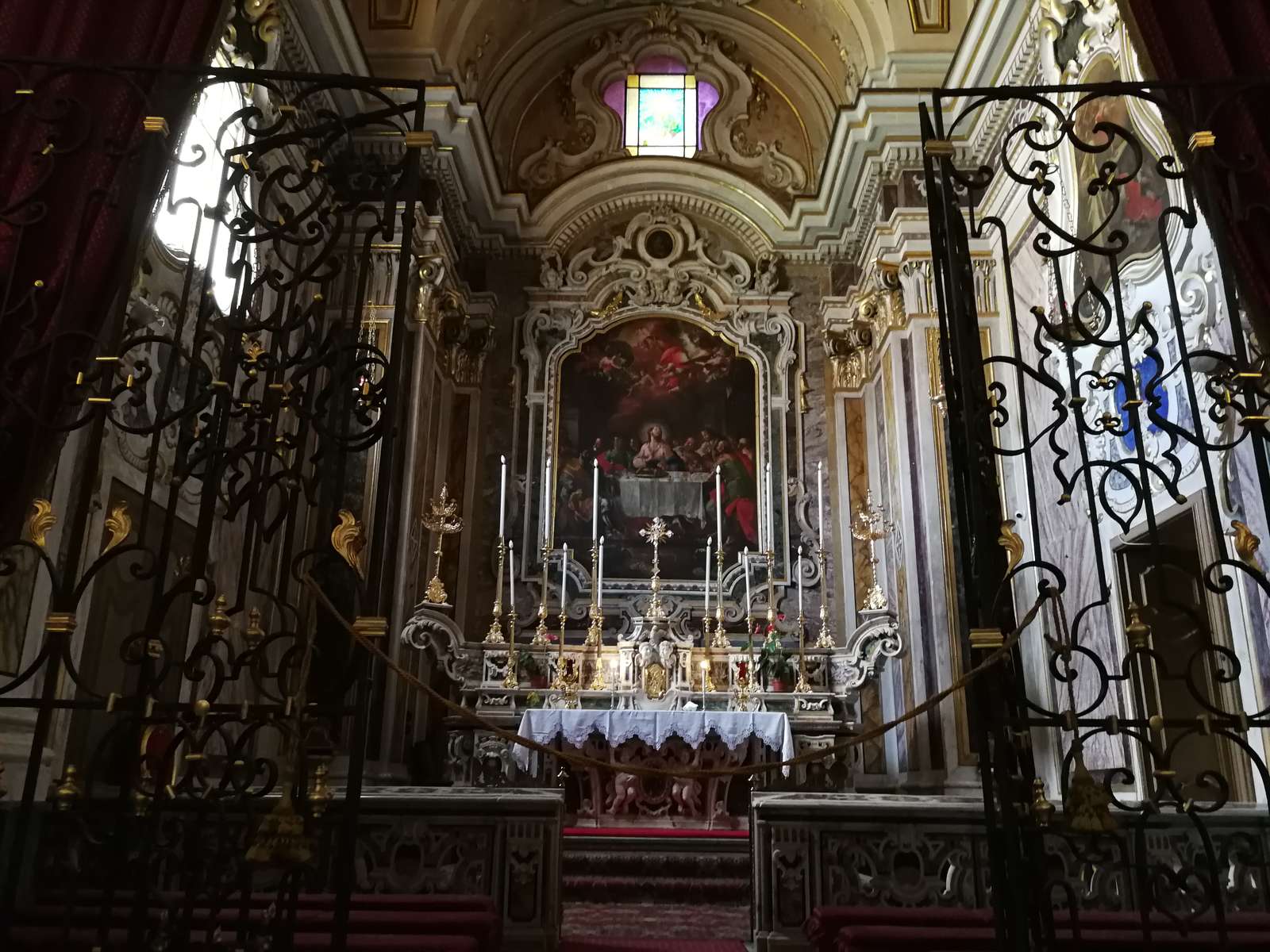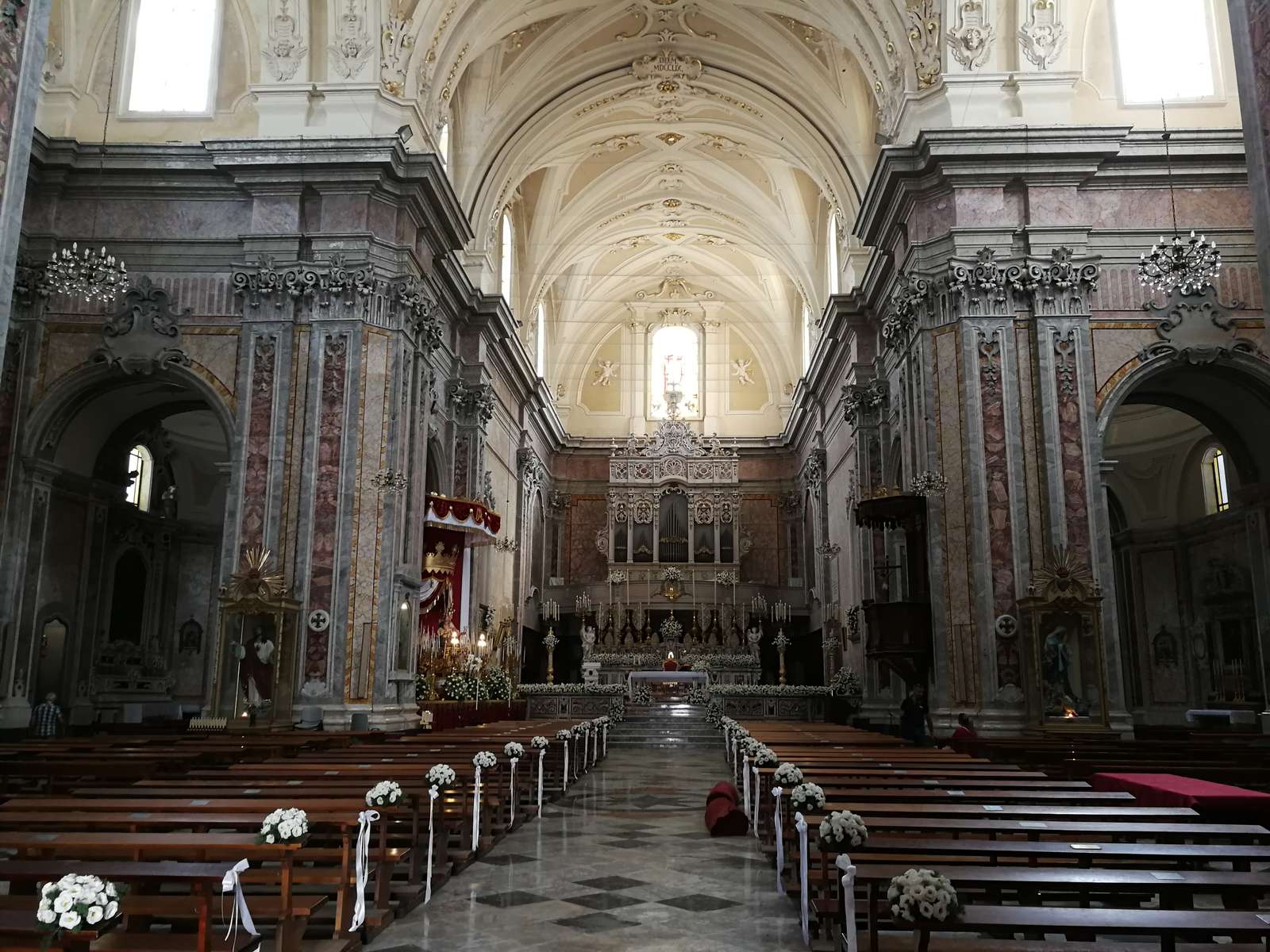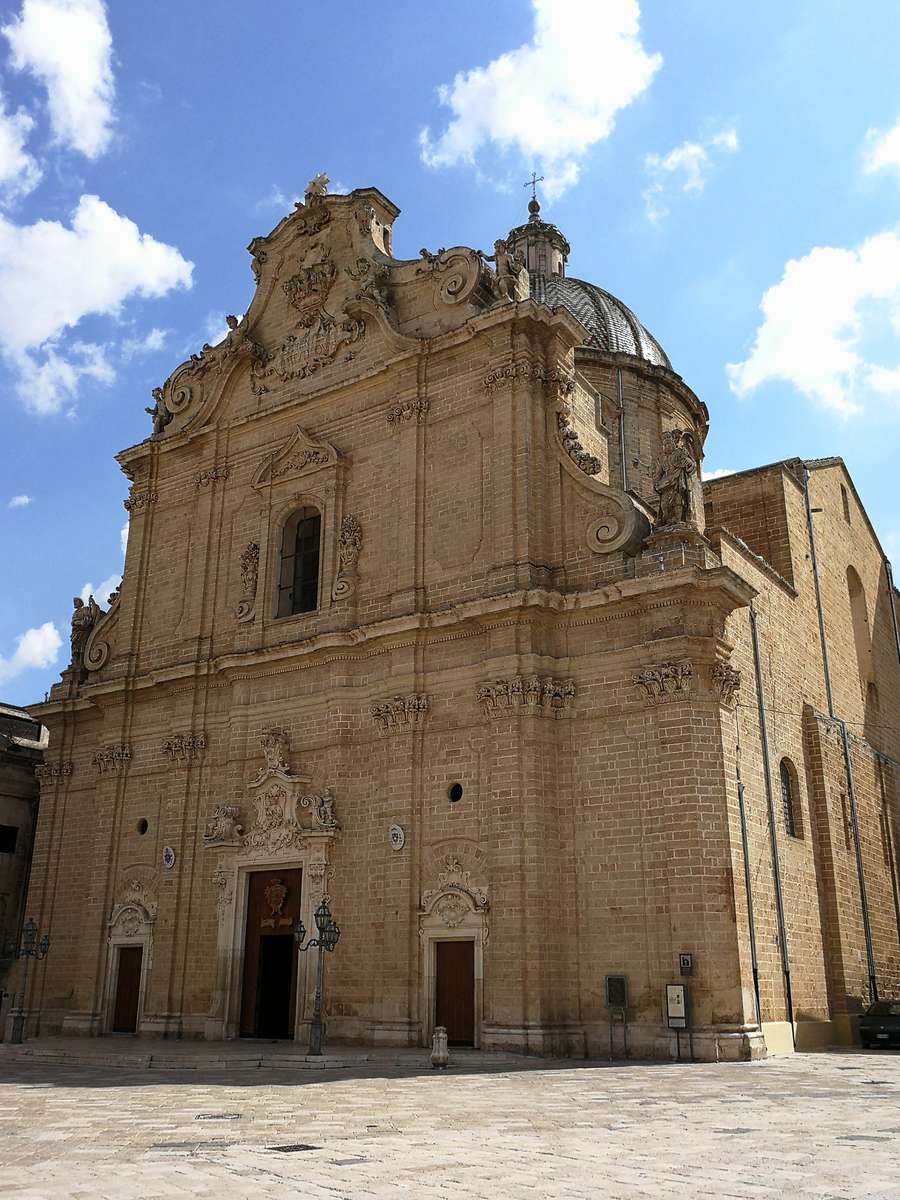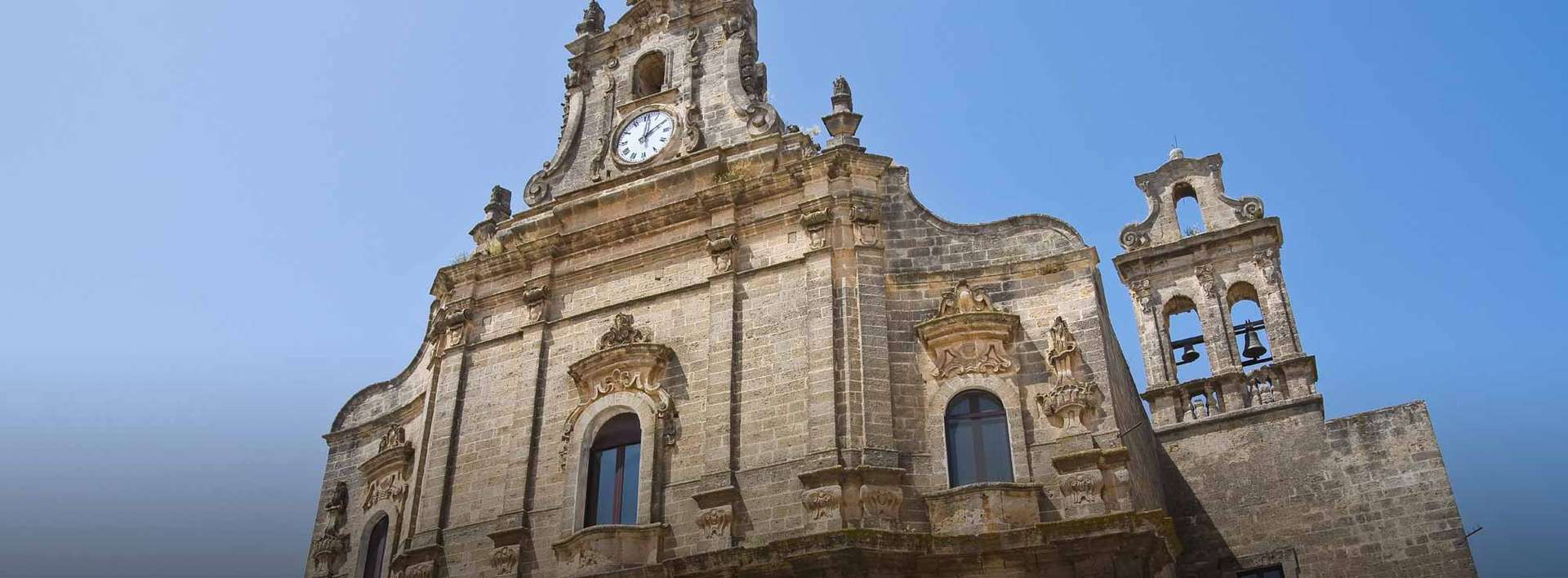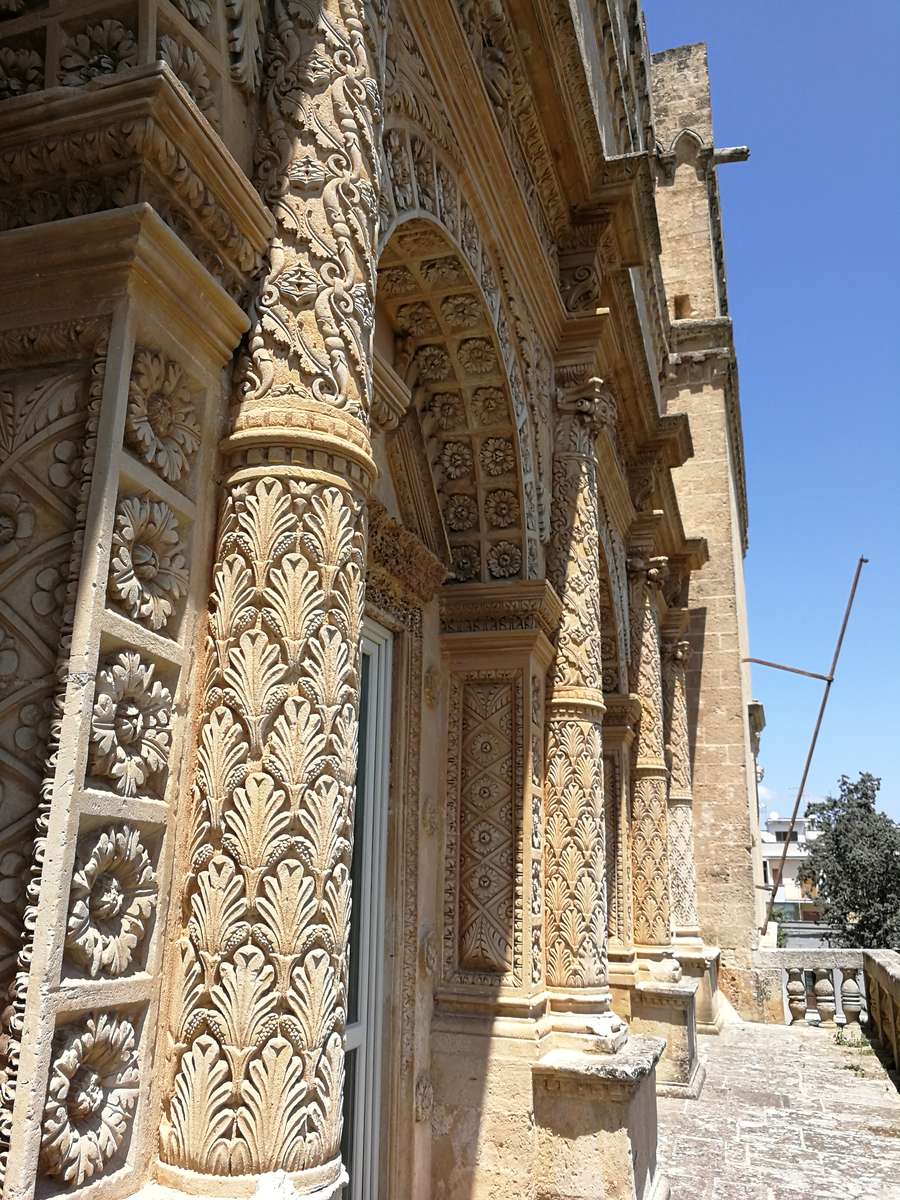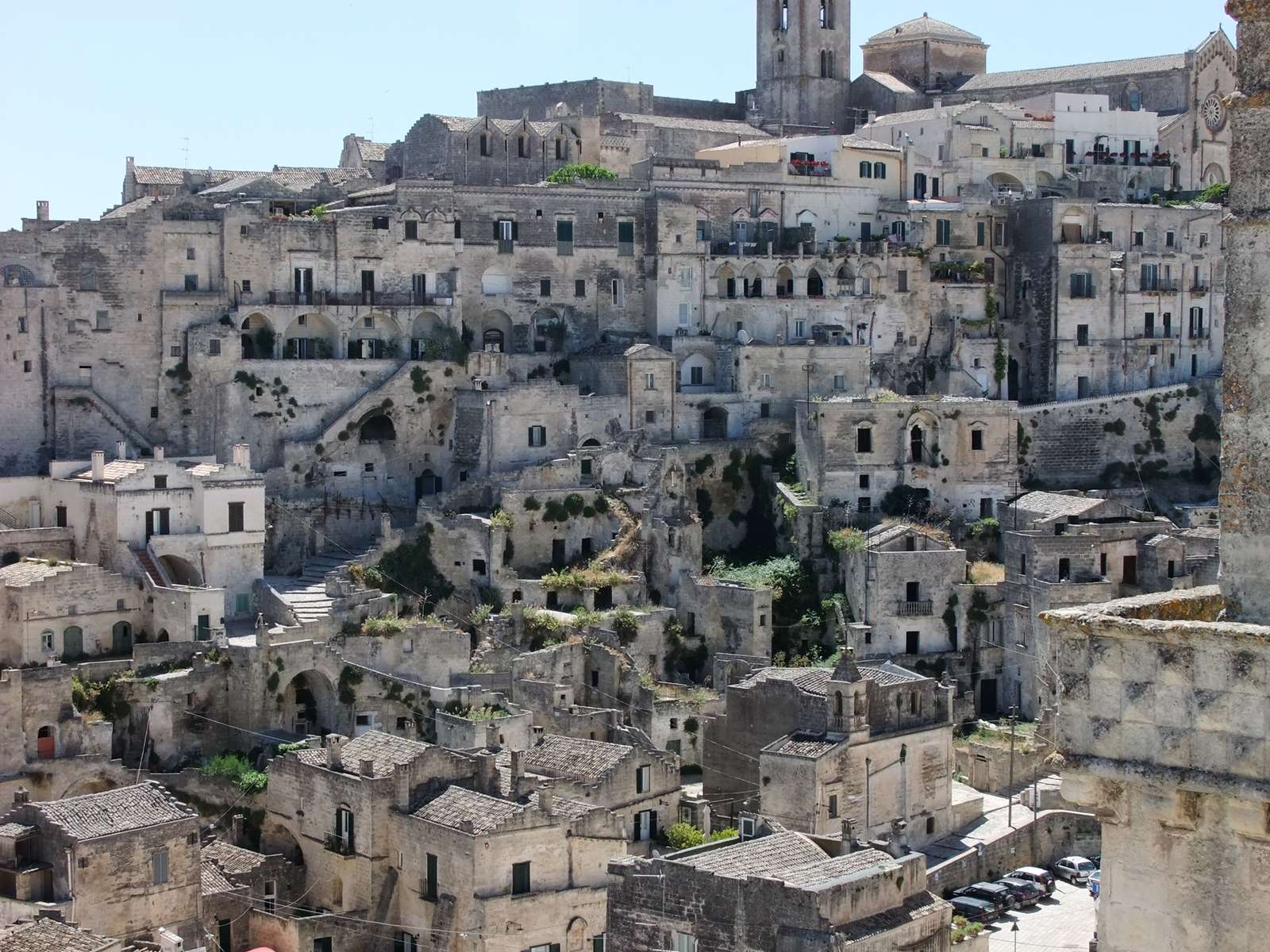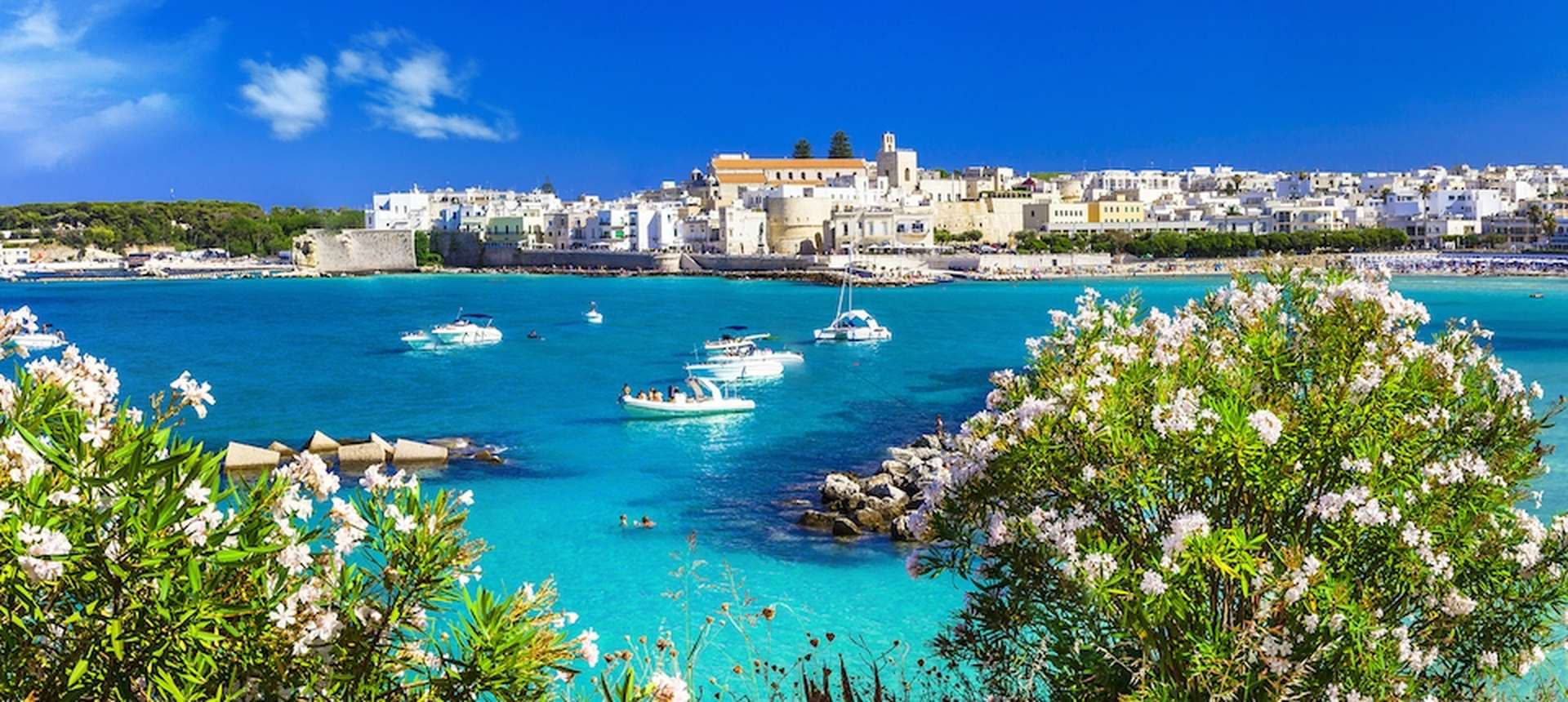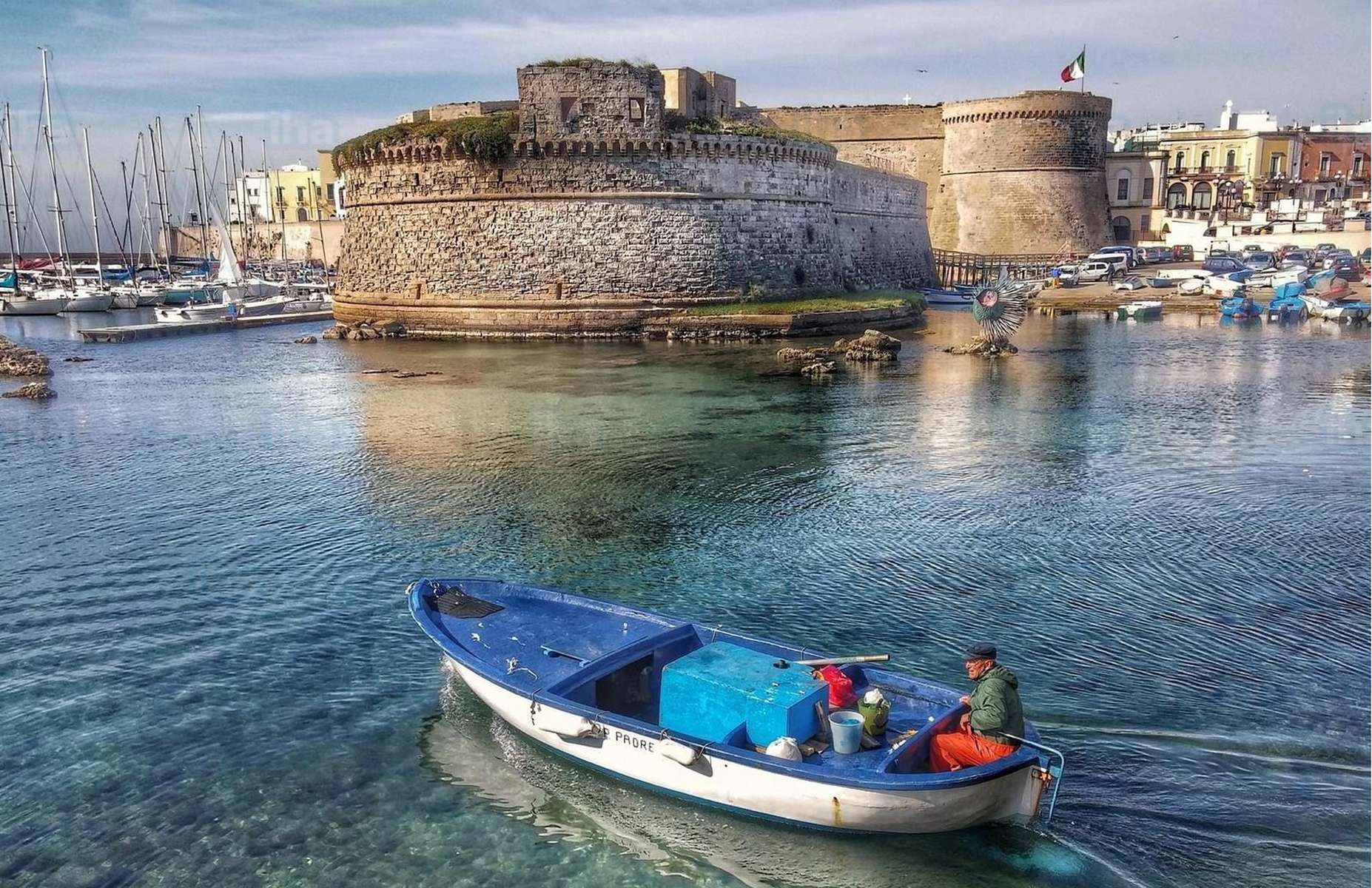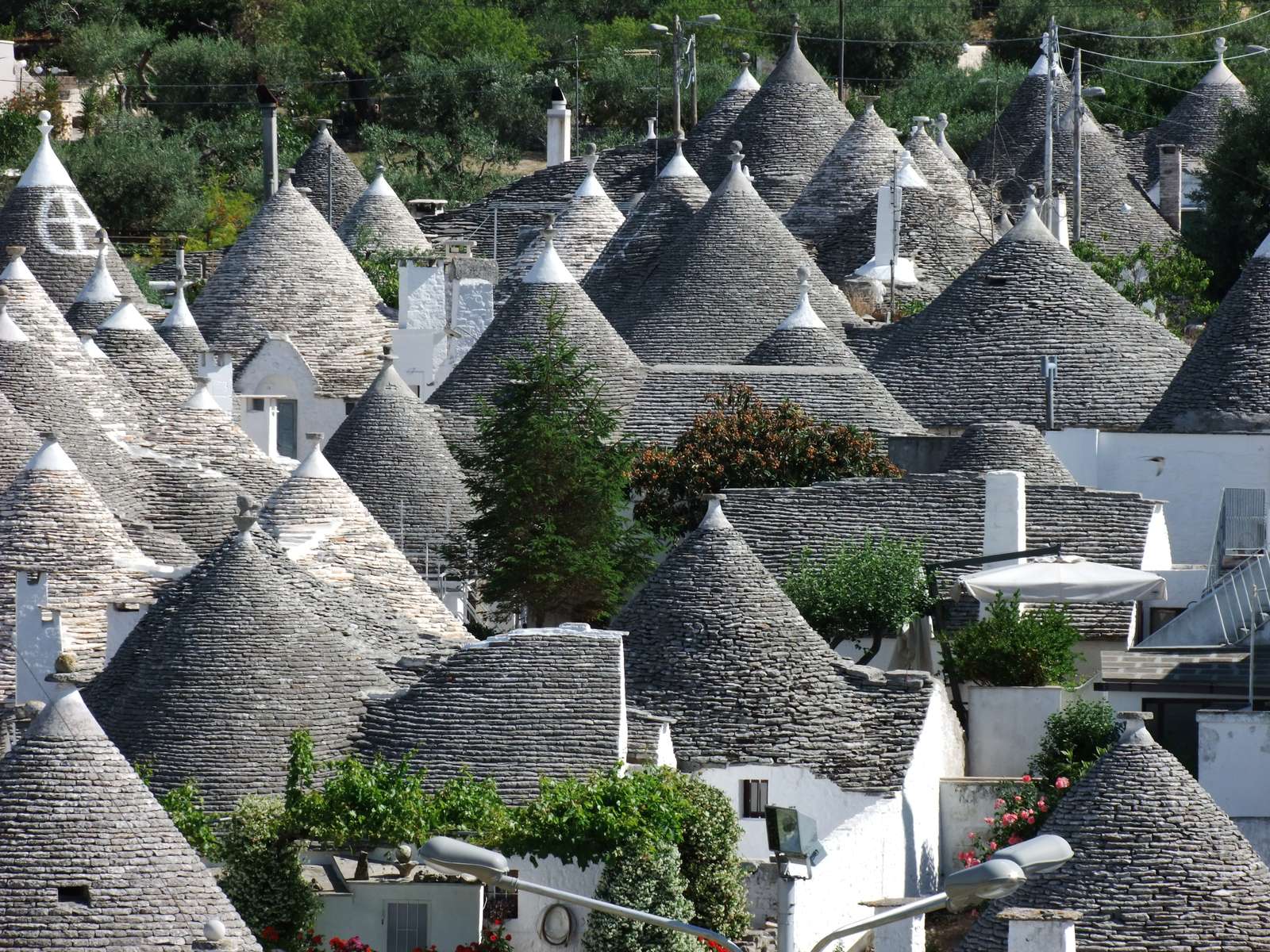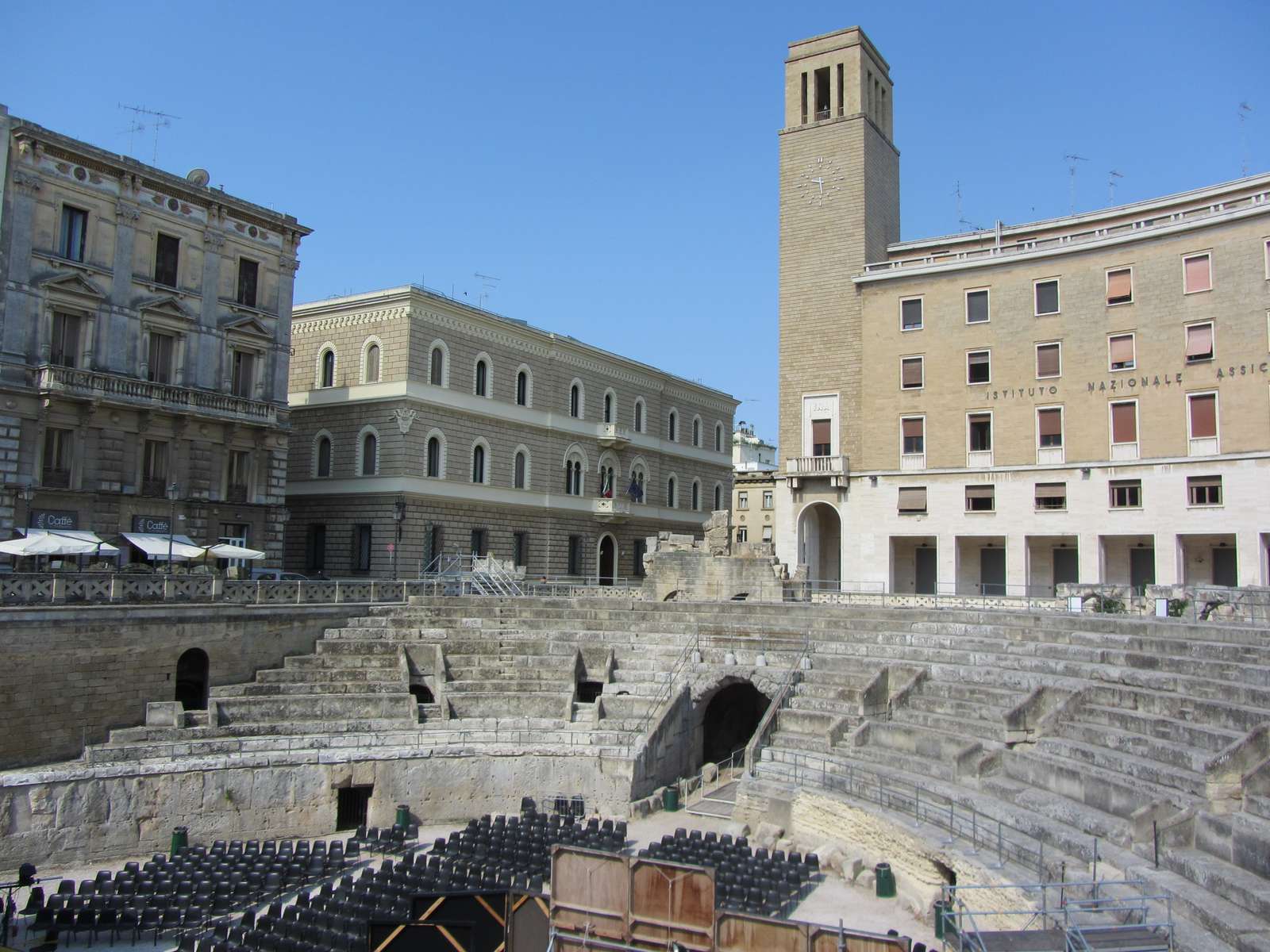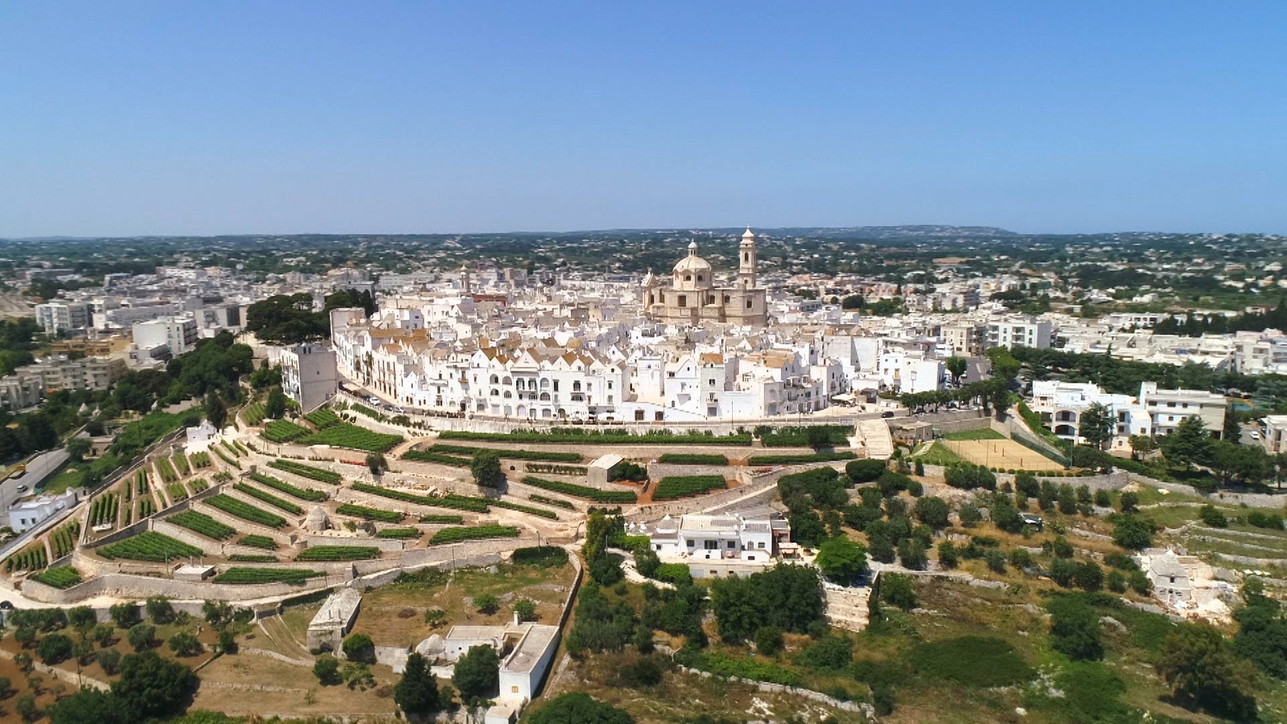15 minutes from Trullo della Pace
Francavilla Fontana was built on the ruins of the ancient “Rudiae”.
By the union of the words “villa” and “franca”, the name of the town was coined, perhaps to attribute the meaning of liberty, as is shown by a specification of 1864.
Also known as the “Imperial City“, in honor of the princes who ruled it for two centuries, Francavilla Fontana is about 35 kilometers away from Brindisi, and since 2009 has been recognized as a city of art.
It is rich in monuments that attract many tourists every year, particularly in the baroque style that characterizes this area of Italy and can be particularly admired in the churches of the city.
To visit:
PALACE/CASTLE IMPERIALI
In 1450 Prince Giovanni Orsini built the castle, known as the Imperial Palace, because it was restored and completed by the Imperial family in 1770 using the red carpac and the Lecce sandstone as building materials.
In the council room there are some canvases of the sixteenth and seventeenth centuries, while it shows beautifully a fireplace that features the emblem of the Imperials.
We higly suggest to make a guided visit with the sightseeing halls of the Imperial Castle (with the exception of those for the Museum of the Imperials)
From 8.00 am to 7.00 pm, excluding Sunday afternoon and subject to institutional needs.
Bookings:
Rag. Antonio Andriulo – 0831.820335 – 329.8391790
City Guardian City – 0831.820338
IAT Office – 0831.820435
Link Tripadvisor – Castello Imperiali
CHIESA MATRICE – Church of the Holy Rosary
From the castle you can reach the Mother Church of 1743, built on the former Angevin church from which comes the source in the courtyard of the castle.
The facade of the Mother Church shows all its grandeur, it is in Baroque style it presents two great statues of Saints Peter and Paul.
The interior is a Greek cross valorized by the numerous canvases.
Very interesting the bust – silver reliquary of St. Renato;
From the choir you can access the antisagrestia where is preserved a canvas of 1759 depicting the Madonna del Rosario, and the sacristy with inlaid eighteenth-century stalls.
Link Tripadvisor – Chiesa Maria Santissimo Rosario
CLOCK TOWER
The Clock Tower of Francavilla Fontana is located in Umberto I square and is one of the most characteristic symbols of the city, after being built for the will of Mayor Maurizio Giannuzzi – from the same family who built a few years before the present Carissimo Palace – In 1750.
It is of a typically square shape and has been made of one of the most classic stones of the place’s architecture, the carpathian tuft, with a small crown decorated on top.
OTHER MONUMENTS
Francavilla also has several other buildings and monuments to visit, to which I refer you to the link below.
PROBABLY YOU DON’T KNOW: THE LEGEND OF FRANCAVILLA FONTANA
According to the most accredited historians, while his brother Roberto d’Angiò (1309-1343) reigned in Naples around 1310, Prince of Taranto of Filippo d’Angiò reached the southeastern Murge and Salento, perhaps seeking to visit his estates.
It is said that, attracted by the wild nature of the landscape, he was forced to hunt in the Casivetere district, in a forest stretching towards Grottaglie and Ceglie.
Hence the miracle that then appears to have given rise to the new residential center of Francavilla Fontana.
The legend says that in the morning of September 14, 1310, Filippo d’Angiò, on the pretext of hunting, rode inside the forest called Rodio, which was located to the north of the farmhouse called Villa Salvatore.
An experienced hunter practitioner of the places, Elia Marrese, was a part of the group who snatched a stag and pursued him for the thick bush and, at the right time, darted a dart, but a strange phenomenon frightened him:
The arrow thrown against the deer… stepped back.
When he saw the bush, he saw that the animal, at all frightened, was genuflessed drinking the water of a pond.
He then called the Prince with his followers who found together “a piece of an ancient church wall and a painted image of the Blessed Virgin Mary”.
In front of the image of the Byzantine Lady, later called the Fountain, the communion kneeled and the Prince wanted to build a majestic church;
In addition, to encourage the inhabitants of nearby houses to populate the area, promised land and exemption from vassalage taxes, decreeing that the farmhouse was no longer called the Villa of the Savior, but “Franca Villa” for the immunities granted.
Legend aside, what is certain is that the rulers at that time often used such “miraculous” discoveries to populate the campaigns that had long been abandoned.
